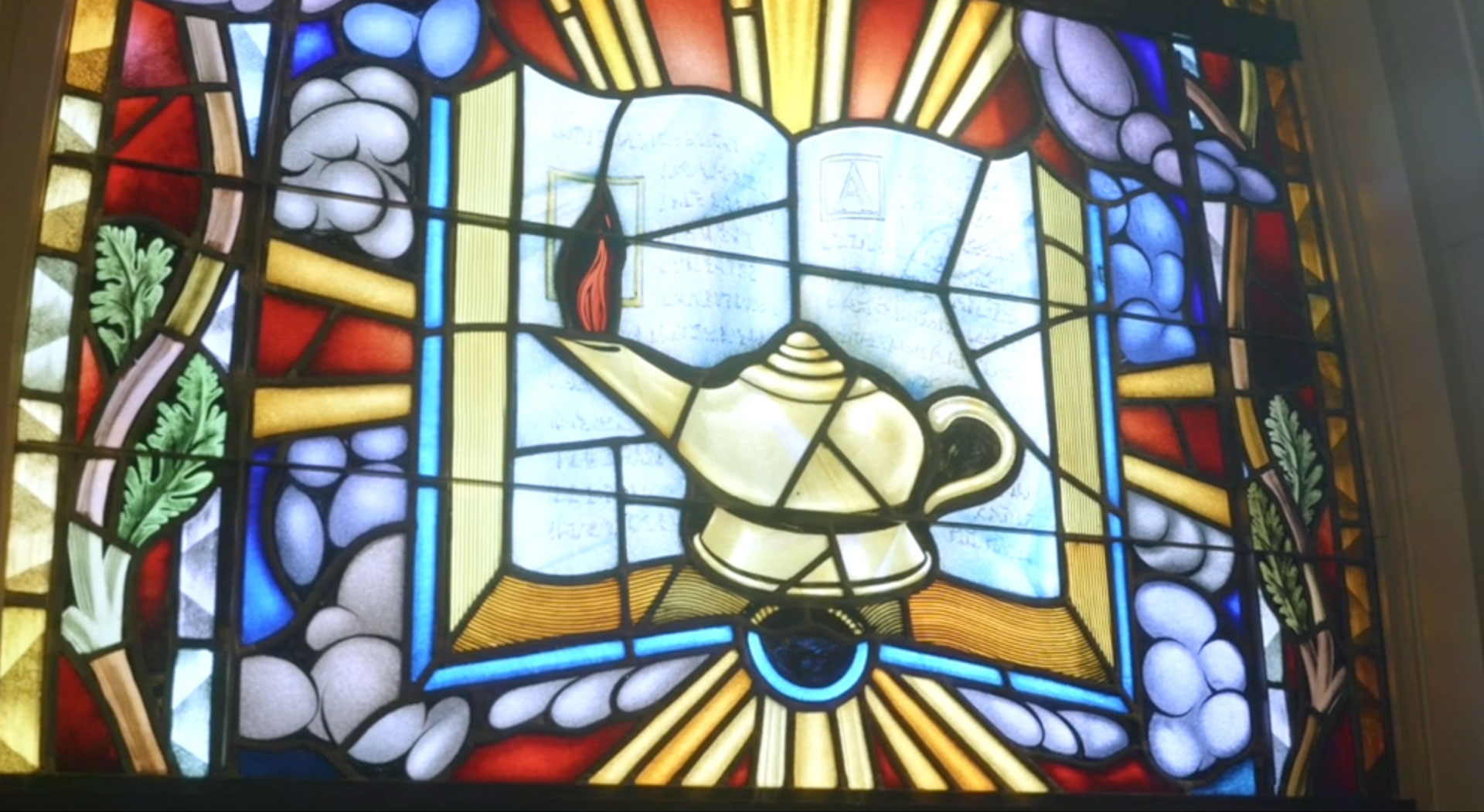Our history as a congregation began in 1977.
Our theological legacy dates back much further. Watch “Our Story in Stained Glass” below.
Our theological legacy dates back much further. Watch “Our Story in Stained Glass” below.
Founding pastor Randy Pope and Laura Story Elvington tell some of our most significant moments.
September 25, 1977 – Our very first service was held at the facility on Buford Highway.
October 18, 1981 – Perimeter moved into a new location in the iconic Presidential Hotel while the church awaited the groundbreaking of its new facility at Spalding Drive.
April 10, 1983 – Our first service in the Spalding Drive location was held in the parking lot, since the church was still awaiting their certificate of occupancy.
July 1993 – Perimeter moved to the River Green location (a retrofitted warehouse) while building its new and current location at Old Alabama Road.
In March 20, 1994, the church broke ground for its new location at the intersection of Old Alabama and Medlock Bridge Roads.
In March 20, 1994, the church broke ground for its new location at the intersection of Old Alabama and Medlock Bridge Roads.
Perimeter Church sits on 100 acres, located in the thriving city of Johns Creek, GA.
September 22, 2019 — Randy and Carol Pope and Rachel and Jeff Norris at the congregational meeting to recommend and affirm Perimeter’s new leader.
When you visit Perimeter Church, you can see our history represented on the Story Wall near the Main Entrance. We encourage you to view it and catch a vision for how might God lead you to attempt something great for His glory.


